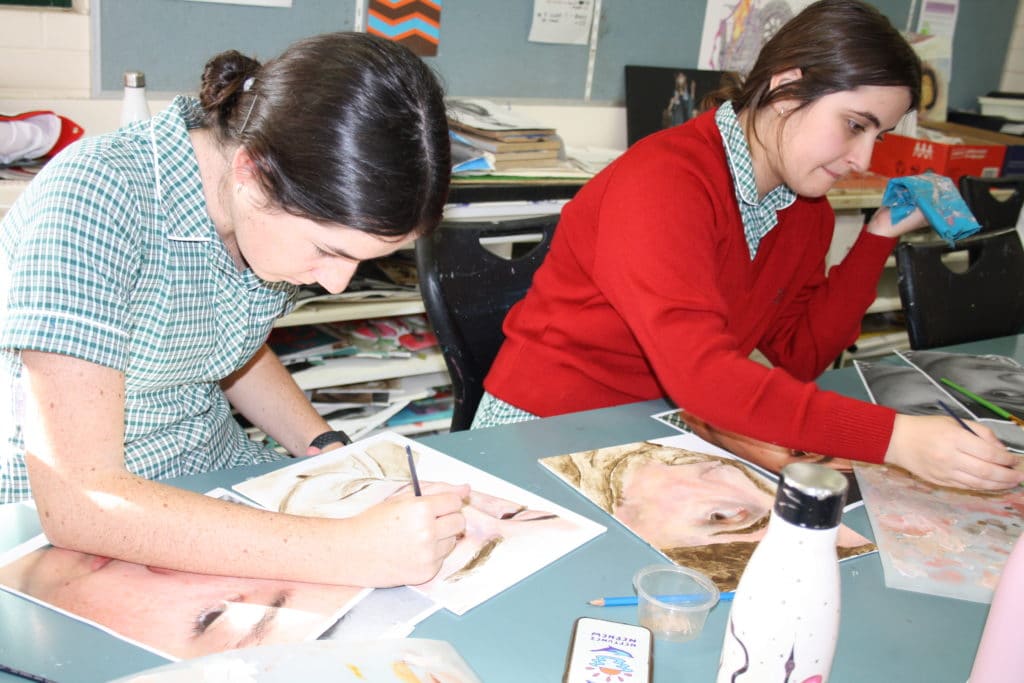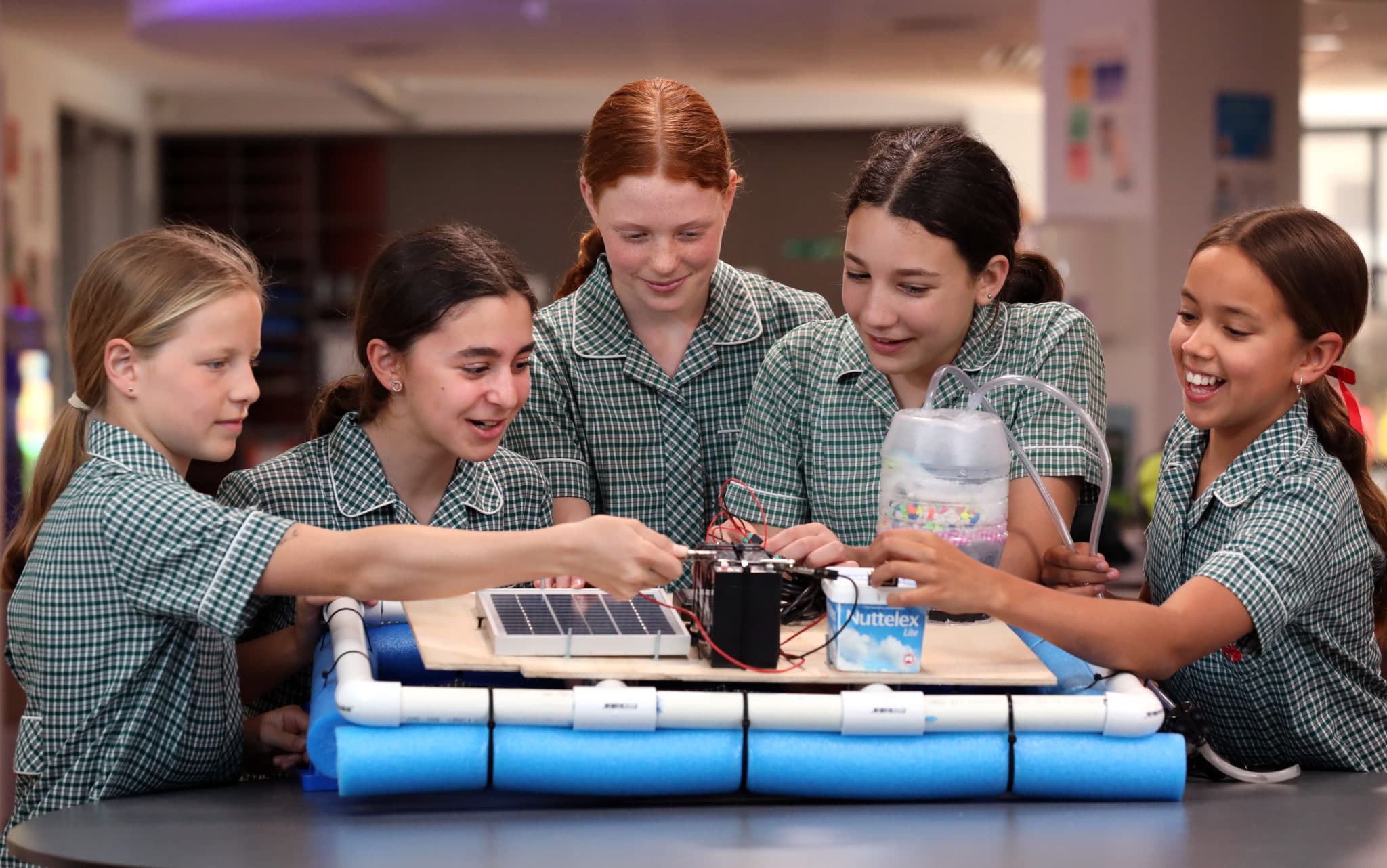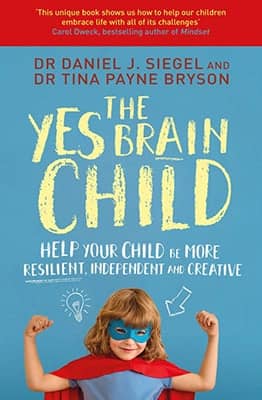Everyone Can Be Creative – Jennifer Oaten

What is creativity?
When you think of a creative person, how would you describe them? You probably think of them as being energetic, extroverted and talented, someone who thinks differently from others and willingly shares ideas.
Do you describe yourself as creative? Many of us probably don’t, yet we are all creative! We often think of artists, writers, musicians, photographers, and designers as creative; however, creativity is not just limited to these fields but encompasses many different contexts such as education, science, technology, business, government, and leadership.
"Creativity is the act of turning new and imaginative ideas into reality. Creativity is characterised by the ability to perceive the world in new ways, to find hidden patterns, to make connections between seemingly unrelated phenomena, and to generate solutions. Creativity involves two processes: thinking, then producing."
Linda Naiman Tweet
Dr Mark Runco in the Creativity Research Journal described creativity as the execution of an idea that has both originality and value. It needs to be different from what came before and valued by a recipient.

Why is creativity important?
Creativity is a skill growing in its importance in schools, workplaces and society.
Opportunities to develop creative thinking skills will enhance the mindset of young people to generate new ideas for developing solutions to solve persistent problems and implement these solutions. There is also a strong link between creativity and entrepreneurship, another highly valued skill in today’s ever-changing world.
A study, titled: Cultivating Creativity: (A study of the Sydney Opera House’s Creative Leadership in Learning Program, by the Australia Council for the Arts) shows that creative learning approaches help:
- build confidence,
- improve academic engagement, and
- prepare young people for future disruption and change.

Developing creativity at Santa Maria
Research suggests creativity is determined much more by your upbringing, surroundings, and mindset than by your genes, meaning that creativity can be learned or developed. Each of us has a creative genius within us. The belief that only special and talented people are creative may diminish our confidence in our ability to be creative.
You can learn to be creative by experimenting, exploring, questioning, using imagination and synthesising information. It is thought that solitary activities provide some of the best opportunities for more creative thinking.
At Santa Maria College, creativity has been prioritised as an attribute of our Connecting Learning to Life strategy. It is a focus for learning both in and out of the classroom.
A whole college-wide initiative in 2021 focussed on developing the 3Cs in our students: critical thinking, creativity and collaboration skills. These are embedded in many of our programs across all learning areas. Working with the Australian Council of Educational Research General Capabilities frameworks, teaching staff have worked together to develop classroom programs, learning opportunities and assessments to foster and informally measure student attainment of creativity.
We aim to develop in our students:
- A belief that everyone is creative and can have great ideas.
- That they can be creative together or alone.
- The more ideas, the better we can then evaluate.
- Respect all ideas, including radical ideas, as they can be great ideas.
- Believe that together they can do anything; they can change the world.
- There are no restrictions on ideas, for example cost.

Some examples of the many opportunities which promote the development of creativity at Santa Maria include:
Enhanced Learning Programs in each year group:
- Fearless5: How to increase native bird populations at the College (new in 2021)
- Spark6: Using technology to solve community problems (new in 2021)
- Seek7: Improving water sustainability (significant review in 2021)
- Explore8: Innovate in Explore8- Passion Project
- Strive9: Taking action on social justice issues
- Future10: Waste Warriors in action (new in 2021)
Visual Arts, Design, Materials Design and Technology and Foods students have opportunities to develop creative skills, including those showcased recently with the exhibition and fashion parade. Many students developed resilience, taking risks to create original pieces which they showcased with pride and confidence.
Our Science electives such as:
- STEngineers (Year 7),
- Science Quest (Year 8)
- Brainstem (Year 10) all focus on creative solutions to problems.
The Year 7 STEngineers recently won the UWA Engineering Competition, demonstrating their incredible creativity, evaluation, and problem-solving skills.
Business electives, Start Your own Business (Year 9) and Business Leadership (Year 10), provide students with creativity in the business sense. Students established small businesses based on community research and worked with a budget to develop, evaluate and market a product to their target audience.
4 great tips for parents, to help instil creativity in your daughter
- Lead By Example – Don’t say, “Don’t worry, I’m not creative either”, because we all have potential, but we also need belief. Children often become self-conscious about stepping outside their comfort zone, so adults need to lead the way and promote creativity. Demonstrate your own enjoyment of creativity, whether it be painting, writing, furniture restoration or another long-forgotten flair. If you don’t have one, perhaps it is time to explore different possibilities.
- Inspire their thinking and pose great questions – Brainstorm together to come up with solutions to their problems, inspiring them to think outside the box, whether in relation to assessments, friendships, or new opportunities. Challenge them with questions that have no correct answer.
- Encourage Diverse Ideas – Encourage your children to have different viewpoints and that it is okay that others do not always share these. Encourage them to understand the need to support their beliefs and opinions and express these positively without being dismissive of others opinions and ideas.
- Promote Bravery – The willingness to take risks is often stunted as kids become teens. They are much more acutely aware of the world’s response around them, and trying something new, or participating in an activity outside of their comfort zone, can be challenging. It’s important to foster the belief that creativity can bring with it failure, but that’s normal. If you don’t try, you can never succeed.
Research shows that all people are creative, so help your daughter to find her creativity. Being creative takes confidence and bravery, so encourage her to believe she is creative and great things can follow.

The Power of Expectations in Shaping Student Success – Jennifer Oaten
Discover the transformative impact of expectations on student success. Learn how belief shapes outcomes in education and beyond.

Exploring the Artistic Universe of Isabelle de Kleine (2011)
From childhood, Isabelle de Kleine’s talent flourished, guided by the supportive Art department into the renowned artist she is today.

What A Term! So Many Opportunities – Jennifer Oaten
As I look back on the past nine weeks, I am so grateful for who we are as a community and what we have achieved. Through the dedication of our staff and the enthusiasm of our students, we have established new connections, immersed ourselves in opportunities and worked through challenges.
- Featured
Author: Santa Maria College
Santa Maria College is a vibrant girls school with a growing local presence and reputation. Our Mission is to educate young Mercy women who act with courage and compassion to enrich our world. Santa Maria College is located in Attadale in Western Australia, 16 km from the Perth CBD. We offer a Catholic education for girls in Years 5 – 12 and have 1300 students, including 152 boarders.






